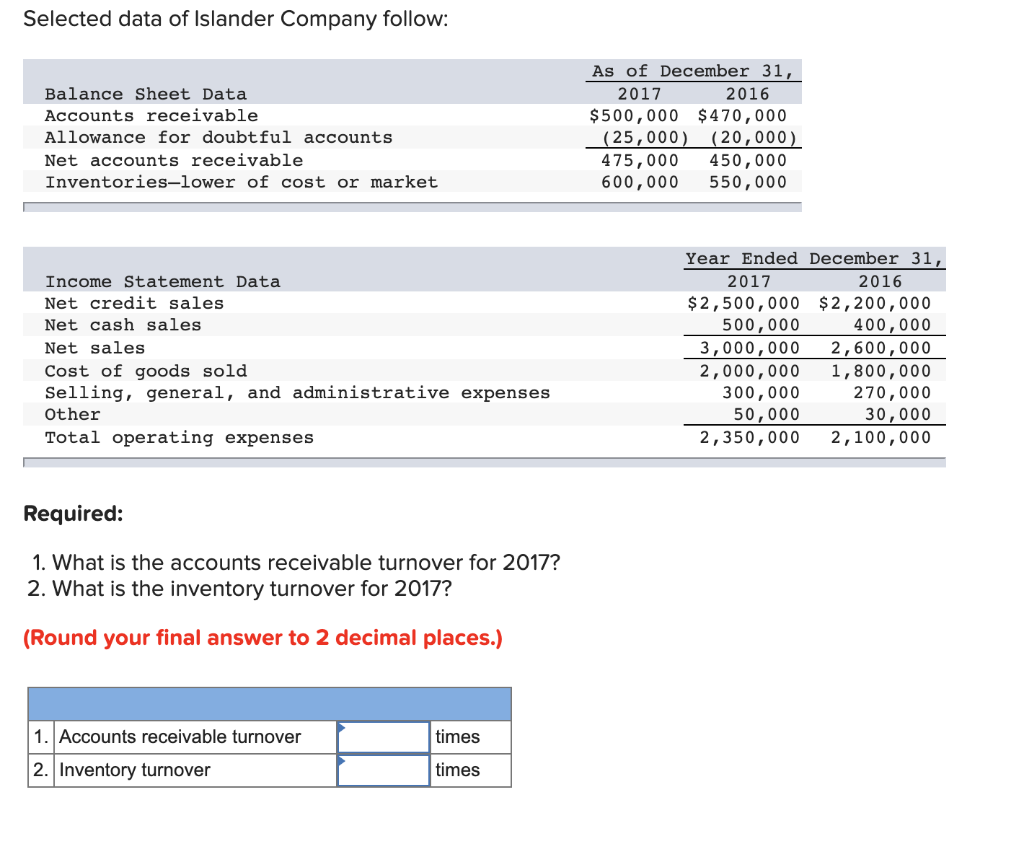
Turns out, we capitalize everything – the purchase price of the table, the contractor fee, and the shipping cost. Do we capitalize the cost of the table and expense the rest? It looks more like an expense because it was just a fee that doesn’t add any value, not something of value that we can go back out and sell. What about the contractor fee? It’s not a fixed asset. We paid a price for it, and according to GAAP, it will continue to provide us with value for around seven years (hopefully a lot more).

#Cogs journal entry how to#
How to Categorize Supporting Costs: Capitalized or Expensed? Shipping the table costs another $100, so that means the final bill comes out to $3,780. However, Ed charges us a contractor fee of 15%, which adds another $480. Say the price of the table itself comes out to $3,200. To get this table, our general contractor Ed contracted another table designer to build it. If you look around at all the furniture and fixtures in your office, altogether they will likely last an average of something like seven years. That 200-year-old wood will probably take us past seven years, but at the same time, the chairs around the table may only last two. This is because the table is considered a fixed asset, and GAAP classifies all fixed assets into predetermined categories or “buckets” in order to estimate their “useful life.” The table, in this example, falls under the “Furniture and Fixtures” category, which is set at seven years. The Rules (aka GAAP)Īccording to GAAP, this table will only be good for seven years. Let’s walk through the bookkeeping and how this appears in the financial statements. Fixed asset depreciation is the process of HOW TO BOOK FIXED ASSET ENTRIESĪs an example, we settled on a 200-year-old restored barn wood boardroom table from Michigan, which is also our token fixed asset example. Since the value of these assets to the company extends into more than one accounting period, GAAP rules dictate that capitalization is needed, rather than simply expensing the cost of the asset all at once. Unlike short-term assets, fixed assets provide economic benefit to the company for more than a year. WHAT IS THE FIXED ASSET ACCOUNTING PROCESS? These are all examples of tangible assets - things you can touch. For example, a tenant may need to remodel the interior and pave the parking lot of a leased building. Buildings and any improvements to the inside or outside are also fixed assets. EXAMPLES OF FIXED ASSETSĮxamples of fixed assets include factory equipment, machinery, computers, vehicles, and office furniture. In other words, a fixed asset is something you own that helps you operate your business and generate revenue over a longer period of time, as opposed to short-term assets like inventory and supplies, which are sold or consumed quickly. But first, what is a fixed asset?Ī fixed asset is something that will be used in the business and that has a useful life of more than a year. Whether you’re a bookkeeper or accounting clerk or an experienced staff accountant or CPA, it’s worth remembering the fundamentals to be sure everything is done right. We're going back to the basics in accounting, and the objective of this post is to walk you through the correct way to book a fixed asset journal entry and how to do fixed asset accounting, all the way from a new asset purchase to sale and write off.


 0 kommentar(er)
0 kommentar(er)
